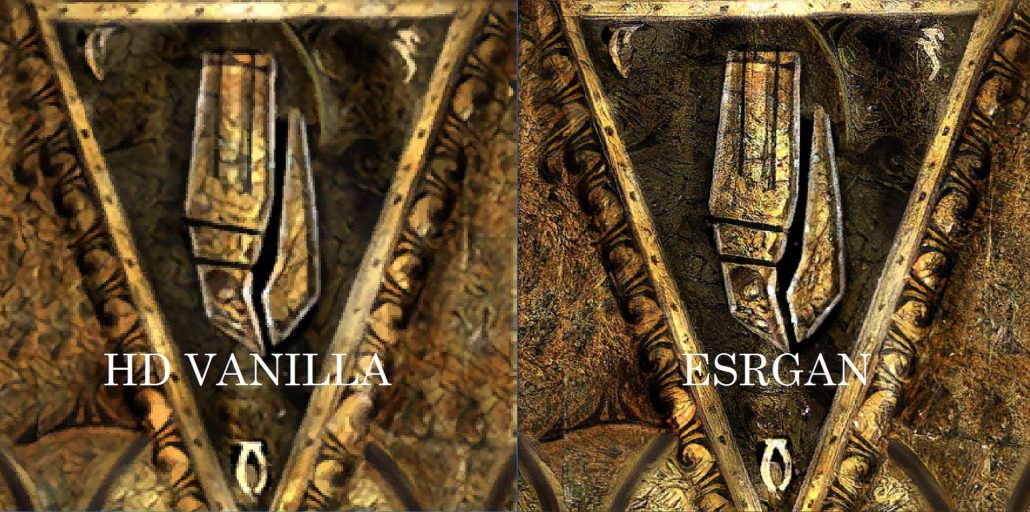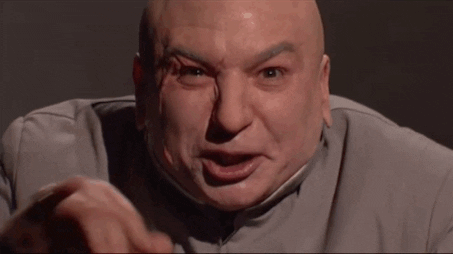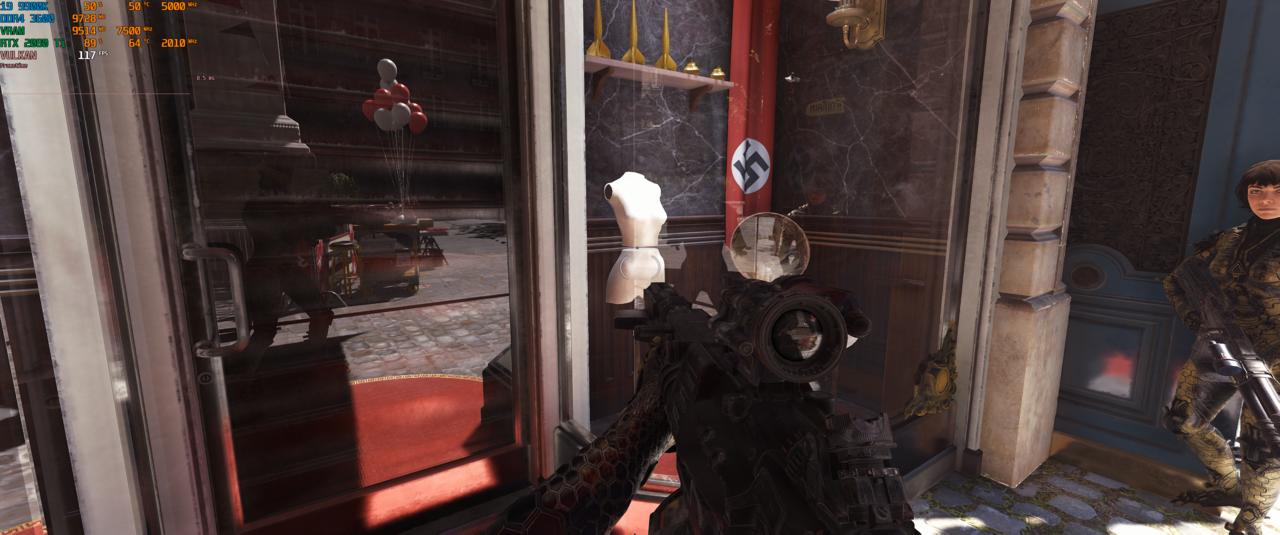Nvidia DLSS which was originally a laughing stock when it first came out has greatly improved over time. You could see with early DLSS titles like Metro Exodus that months after it was released it recieved updates that made it less blurry but DLSS implementation made a significant improvement with Control. Now Wolfenstein Youngblood has taken it even further. In Digital Foundry's Wolfenstein Youngblood video their side by side comparisons of the 4k DLSS Quality mode actually showed more details than native 4k. They also demonstrated the DLSS the indie game Deliver Us The Moon which recently got RTX support also looking better than native 1080p. This is great news since it appears we won't be mastering 4k just yet anytime soon and by the time we're able to play games in native 4k with ray tracing, high end graphics and 60+fps they'll be trying to push 8k resolution on us. I wonder what consoles are gonna do since AMD doesn't have any DLSS alternative of their own and DLSS at this point has surpassed checkerboard rendering.
In their latest video of the possibilities of a next gen Nintendo Switch using DLSS by running Switch captured footage through the latest Nvidia Shield's AI enhanced upscaling. It seems the current Nintendo Switch could have really benefited from DLSS or at the very least devs using TAA could have at least put in a sharpening filter.




Log in to comment